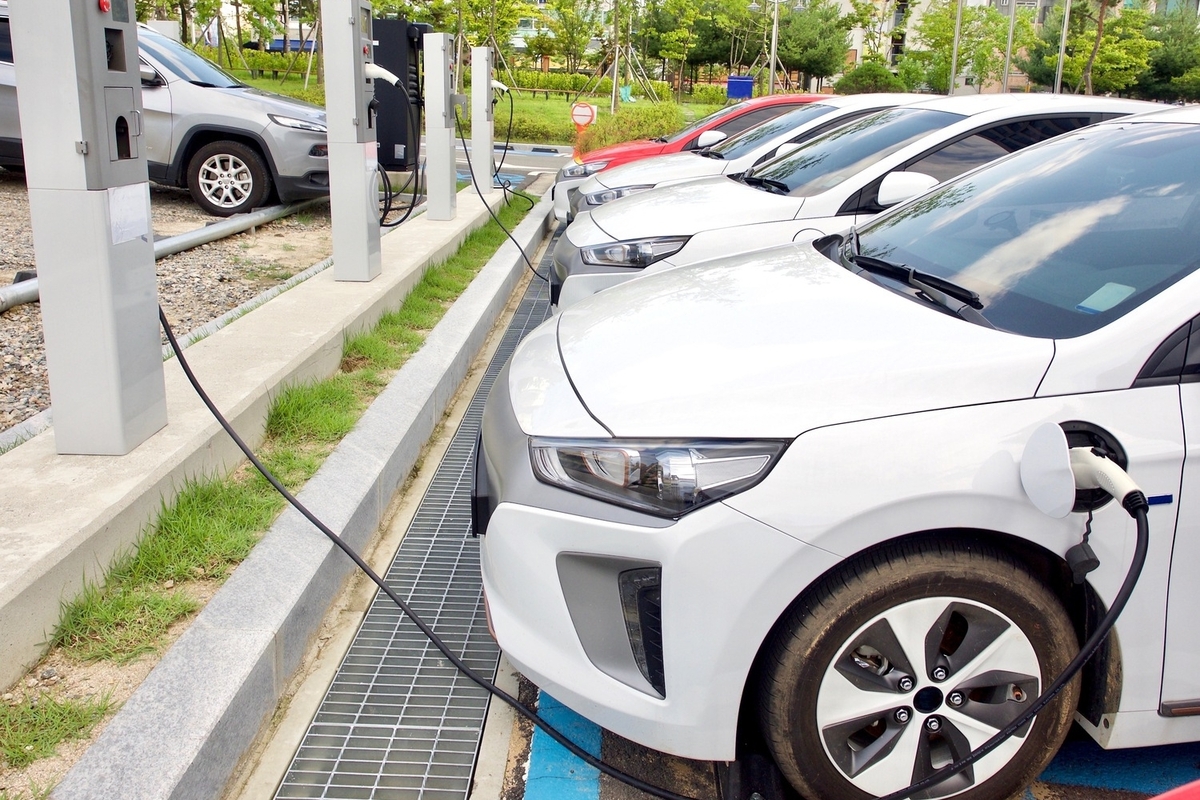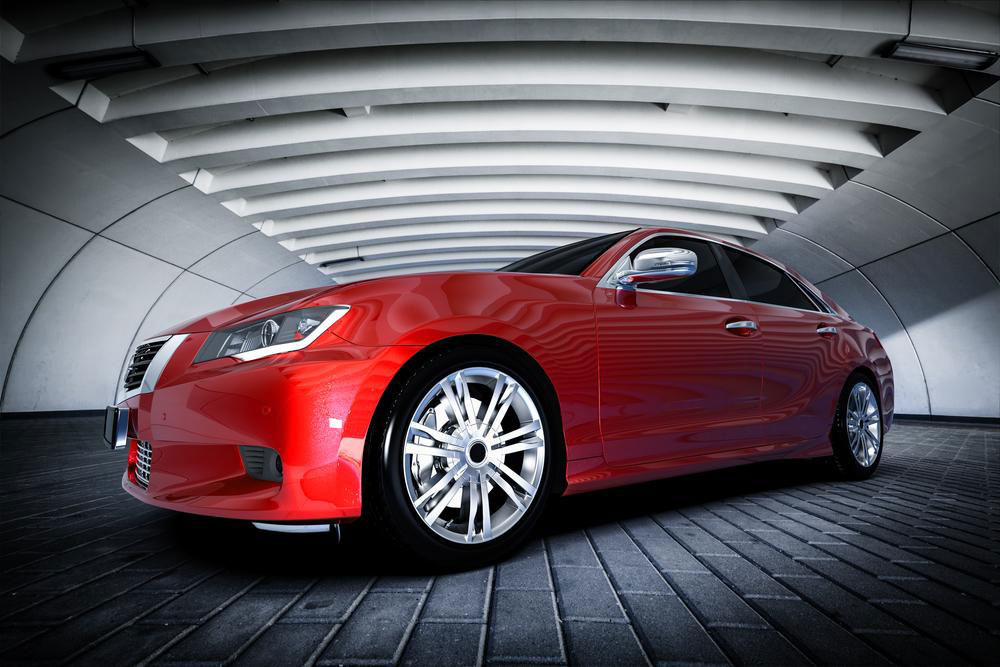Small but Mighty: The Rising Trend of Compact Electric Vehicles in City Transportation
Discover the evolution of small electric vehicles revolutionizing urban mobility. These compact EVs combine efficiency, affordability, and eco-friendliness, making city driving easier and greener. From stylish models like BMW Mini Electric to budget-friendly options like Citroën Ami, learn why small EVs are becoming the future of city transportation. This detailed guide covers market trends, top models, and their features, highlighting how compact electric cars are helping reduce urban congestion and pollution. Whether for daily commutes or quick trips, small EVs are reshaping urban transit with innovative, sustainable solutions.

The Small but Mighty: The Rising Trend of Compact Electric Vehicles in City Transportation
Electric vehicles are reshaping urban mobility by prioritizing sustainability, affordability, and innovative design. While large electric cars such as Tesla Model S garner much attention, a new wave of small, efficient electric cars is gaining popularity among consumers looking for convenient and eco-friendly city transportation. These compact EVs are tailored for urban environments, offering a range of advantages that make them ideal for daily commutes, shopping trips, and city living. In this comprehensive guide, we explore why small electric vehicles are becoming essential for modern city dwellers, highlight leading models on the market, analyze the market trends driving their growth, and discuss their future prospects.
Why Small Electric Vehicles Are Gaining Traction in Urban Areas
The evolving landscape of global urbanization and the pressing need for environmentally sustainable transportation are key drivers behind the increasing popularity of small electric vehicles. These tiny yet powerful cars are designed for maximum efficiency, convenience, and eco-friendliness. Their compact bodies and lightweight frames not only facilitate easy maneuvering but also significantly reduce energy consumption, making them an attractive choice for city residents aiming to decrease their carbon footprint.Furthermore, the affordability of small EVs broadens access to electric mobility for a wider audience. As governments and organizations offer incentives, tax breaks, and subsidies to promote clean energy vehicles, consumers find that these micro EVs become more economically viable. These vehicles serve as practical solutions amid the rising costs of fuel and traditional car ownership, especially in densely populated urban settings where parking and traffic congestion pose everyday challenges.
Below are some compelling reasons why small EVs are quickly closing the gap with their larger counterparts:
Size and Maneuverability: Their diminutive size allows for navigating narrow city streets effortlessly, executing sharp turns, and parking in tight spaces that standard vehicles cannot access. This makes city driving less stressful and more efficient.
Cost-Effectiveness: Smaller EVs are generally more affordable upfront and often feature lower operational costs, including reduced maintenance requirements and cheaper charging expenses, making them a practical choice for budget-conscious consumers.
Environmental Benefits: With zero tailpipe emissions, these vehicles contribute significantly to reducing urban air pollution and carbon emissions, supporting global climate change mitigation efforts.
Key reasons driving the rise of small electric cars include:
Compact Design and Exceptional Maneuverability: Perfect for navigating congested city streets and tight parking spaces, simplifying urban driving.
Affordable Price Points: Offering a cost-effective alternative to larger EVs, making electric mobility more accessible.
Lower Operating Costs: Reduced maintenance, lower energy costs, and fewer emissions contribute to overall savings for owners.
Eco-Friendly Urban Transportation: Zero-emission operation aligns with global efforts to combat urban air pollution and climate change.
Optimized for City Life: Their small footprint makes them highly suitable for short trips, errands, and daily commutes in crowded environments.
Core Features of Compact Electric Vehicles
Small EVs are engineered with features specially designed for urban use, emphasizing sustainability, convenience, and technology integration:Advanced Powertrain Technologies: Efficient motors combined with compact batteries deliver optimal energy use and reliable performance in city conditions.
Connected Technologies: Many models incorporate smartphone app controls, real-time navigation, charging station locators, and remote diagnostics for enhanced user experience.
Zero Emission Operations: Contributing directly to cleaner air and quieter city environments.
Stylish, Minimalist Design: Aerodynamic, lightweight bodies with seating for two or four, emphasizing aesthetics and practicality.
Popular Small EV Models and Their Market Offerings
A variety of automakers are expanding their lineup of compact electric vehicles, offering consumers numerous options in terms of range, price, and features. Here’s an overview of the most prominent models available today:| Brand | Model | Price Range (USD) | Range per Charge (Miles) | Top Speed (mph) | Charging Time | Seating Capacity | Notable Features |
|---|---|---|---|---|---|---|---|
| BMW | Mini Electric (Mini Cooper SE) | $29,900 – $33,000 | 110 – 145 | 93 | 4-6 hours | 4 | Chic design, modern tech, premium interior amenities |
| Fiat | Fiat 500 Electric | $25,000 – $34,000 | 180 – 190 | 93 | 4 hours | 4 | Retro-inspired look, compact, perfect for city driving |
| Honda | Honda e | $35,000 – $40,000 | 137 | 93 | 5 hours | 4 | Futuristic design, advanced tech features, excellent handling |
| Smart | Smart EQ ForTwo | $24,000 – $27,000 | 58 – 80 | 81 | 3-4 hours | 2 | Ultra-compact, ideal for tight parking, urban commuting |
| Chevrolet | Chevrolet Spark EV | $13,000 – $17,000 | 82 | 90 | 7 hours | 4 | Budget-friendly, reliable, low maintenance |
| Citroën | Citroën Ami | $7,000 – $8,000 | 43 | 28 | 3 hours | 2 | Micro-sized, affordable, perfect for urban mobility |
In-Depth Reviews of Leading Small Electric Vehicles
1. BMW Mini Electric
Price: $29,900 – $33,000
Range: 110–145 miles
Max Speed: 93 mph
Charging Duration: 4–6 hours
Seating: 4 passengers
The Mini Electric blends classic style with cutting-edge electric technology, making it a top pick for city drivers who want both fun and efficiency. Its compact frame and modern features provide an engaging driving experience, ideal for urban environments where agility and style are paramount.
2. Fiat 500 Electric
Price: $25,000 – $34,000
Range: 180–190 miles
Max Speed: 93 mph
Charging Time: 4 hours
Seating: 4 passengers
The Fiat 500 Electric restores the iconic design of its predecessor, now with a full EV powertrain. It offers impressive range and smart tech integrations, making it a smart choice for city dwellers seeking practicality with a vintage flair.
3. Honda e
Price: $35,000 – $40,000
Range: 137 miles
Max Speed: 93 mph
Charging Duration: 5 hours
Seating: 4 occupants
Known for its futuristic styling and highly advanced tech features, including a large central touchscreen and driver assistance systems, the Honda e appeals to those who prioritize technology and innovation in urban driving.
4. Smart EQ ForTwo
Price: $24,000 – $27,000
Range: 58–80 miles
Max Speed: 81 mph
Charging Duration: 3–4 hours
Seating: 2
Its ultra-compact design makes it the ultimate vehicle for parking in tiny spots and navigating congested city streets, serving as an ideal city mobility solution for short trips.
5. Citroën Ami
Price: $7,000 – $8,000
Range: 43 miles
Max Speed: 28 mph
Charging Time: 3 hours
Seating: 2
As a microcar, the Ami offers a low-cost, innovative approach to urban mobility, perfect for brief, quick trips within densely populated areas. Its micro-size and affordability make it a practical choice for city residents.
Future Outlook for Compact Electric Vehicles
As cities worldwide adopt stricter environmental regulations and consumers become increasingly eco-conscious, small EVs are poised for continued growth. Advances in battery technology, decreasing costs, and smarter connectivity features will make these vehicles even more accessible and attractive. They are expected to play a vital role in alleviating urban congestion, reducing emissions, and promoting sustainable urban development. The evolution of micro EVs indicates a future where city transportation is not only more sustainable but also more convenient and integrated into daily urban life. Overall, small electric cars are leading the charge in transforming urban mobility, offering a blend of sustainability, practicality, and style. With expanding options from top automakers and technological innovations on the horizon, these tiny vehicles are set to become indispensable for city residents worldwide, shaping the future of urban transportation in a cleaner, smarter way.




